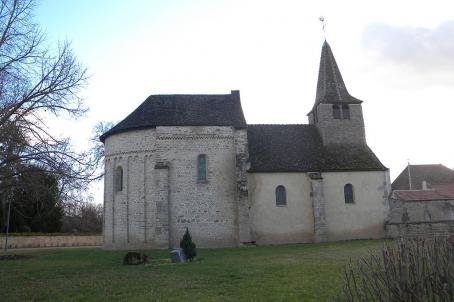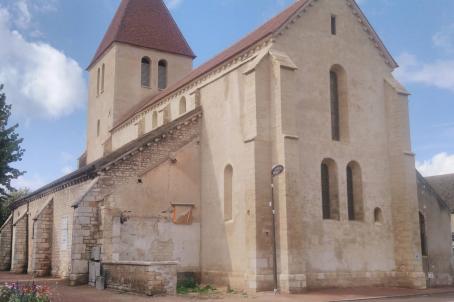Collegiate Basilica of Notre-Dame
The collegiate basilica Notre-Dame de Beaune is one of the last great Romanesque churches in Burgundy. Its construction was undertaken in the middle of the 12th century on the Clunisian model and was completed at the beginning of the following century, preserving a remarkable stylistic unity. It is polychrome but carved in fruit wood which has darkened over time. Nevertheless, it is with fervour and devotion that the medieval Beaunois went in procession with the Virgin during the plague epidemics that lasted until the 16th century.
About this building
The church consists of a nave with two aisles, a transept and a choir with apse, ambulatory and apse chapels. The nave, transept and choir are covered with barrel vaults, the aisles and the ambulatory with ribbed vaults, the porch, the apse, the chapels, the cloister and the chapter house with ribbed vaults, the chapel button of a ceiling. To the left of the choir is the former sacristy, to the right, upstairs, the former Saint-Michel chapel (Nicolas Rolin's private oratory) whose apse, lit by a semicircular window, is supported by a cul-de-lampe and covered by a terrace lined with a balustrade.






